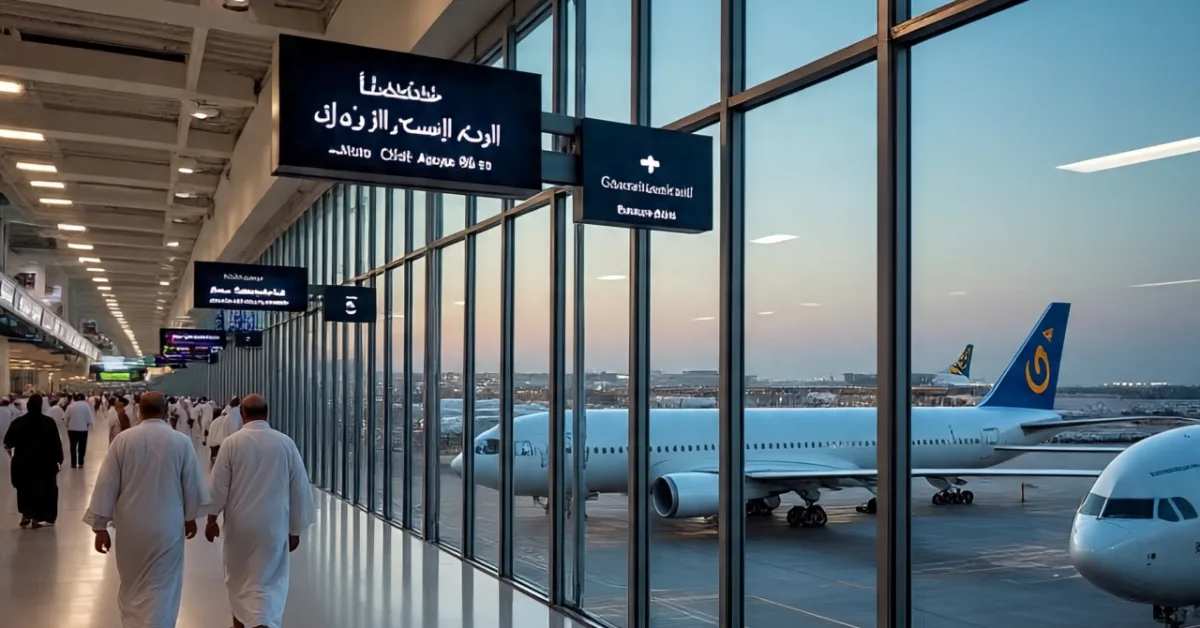Air travel to Saudi Arabia during Hajj 2026 saw a dramatic surge, reflecting shifting travel trends, growing regional demand, and renewed interest in post-pandemic pilgrimage.
For airlines and travel authorities, this year’s numbers offer valuable insight into how pilgrims are planning and prioritizing their journey to Makkah.
This development holds significance not only for religious tourism but also for global aviation and regional diplomacy.
Record-Breaking Demand from Key Regions
According to figures released by the Saudi General Authority of Civil Aviation (GACA), over 18,000 Hajj-related flights operated between late May and June 2025 a sharp increase of nearly 27% compared to 2024.
While Saudi carriers like Saudia and Flynas handled a majority of the traffic, dozens of airlines from South Asia, North Africa, and Southeast Asia added special charter operations to meet demand.
Countries such as Pakistan, Indonesia, Nigeria, and Bangladesh reported record ticket sales for Hajj flights, prompting governments to open temporary counters and deploy aviation staff at key airports.
In many cases, airlines introduced dynamic pricing, resulting in peak-season fares doubling or even tripling compared to off-season travel.
Analysts say this surge reflects a pent-up desire for pilgrimage, especially after years of travel restrictions, rising health concerns, and limited quotas.
The demand has also been fueled by younger pilgrims, many of whom prefer shorter, well-planned itineraries supported by digital booking platforms.
Shifts in Pilgrim Preferences
One notable trend in 2025 was the increase in pilgrims opting for direct flights to Jeddah or Madinah, bypassing traditional layovers in Gulf hubs like Doha or Dubai.
This preference for direct routes has put additional pressure on smaller national carriers to expand their international capacity.
Furthermore, the adoption of e-visas and smart Hajj apps allowed many pilgrims to complete pre-travel formalities faster, leading to smoother departures and arrivals.
However, some airports still faced long check-in lines and flight delays, prompting calls for better coordination between host countries and Saudi authorities.
As Hajj-related travel continues to grow, the aviation sector is now preparing for even higher volumes in 2026. Saudi Arabia, meanwhile, is pushing for deeper airspace agreements and seasonal route expansions as part of its broader Vision 2030 tourism goals.
The Hajj 2025 flight surge tells a larger story one of spiritual revival, tech-assisted travel, and the growing role of religious tourism in shaping global mobility.

